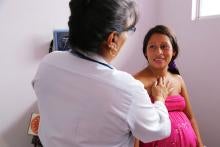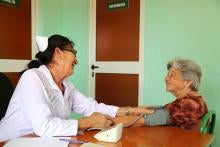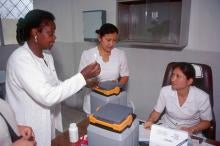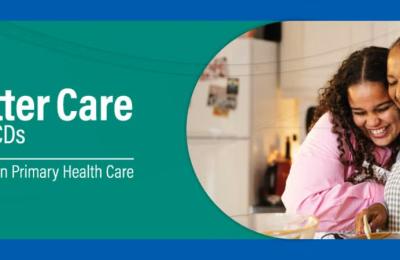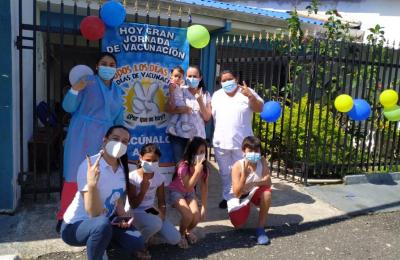Potential of LARC to recover loss in satisfied demand for modern contraception after the COVID-19 pandemic: a case scenario analysis of Brazil and Mexico
Objectives
To estimate inequalities in demand for family planning satisfied with modern methods among women in Latin America and the Caribbean, with an emphasis on Brazil and Mexico, and to calculate the scenario for recovery of modern contraceptive coverage by expanding access to long-acting contraceptives (LARC) after the COVID-19 pandemic.









